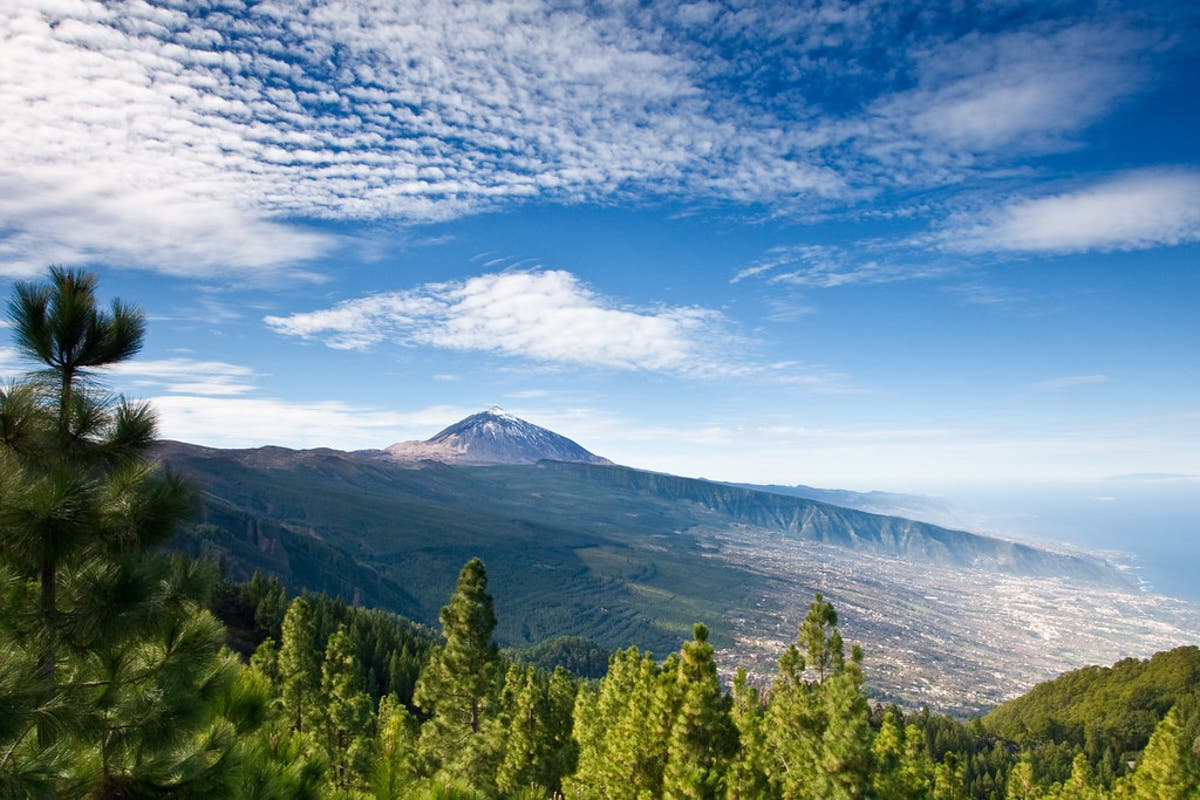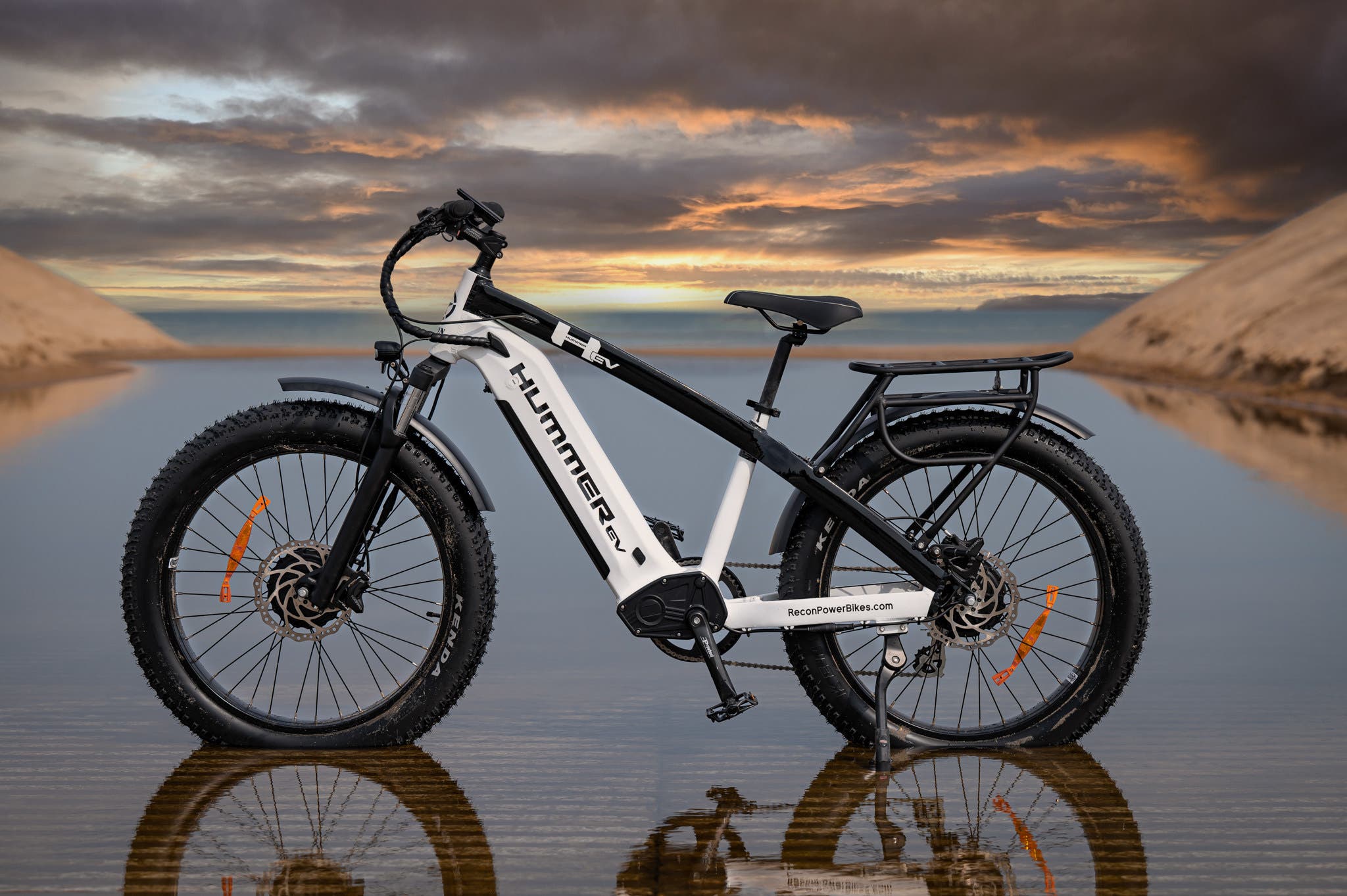The switch to sustainable energy that Tenerife was making did not excite our tour guide. He said, “We’re the sort of place that waits for the countries surrounding us to make changes. “Then we could think about it.”
I had never thought I would visit the Canary Islands until our repositioning cruise made a stop there. The massive Teide volcano, which had seismic activity as recently as 2005 , had an impact on the hilly landscape. Homes sat on the edges of cliffs, agricultural steps overflowed with banana trees, and roads dropped down to the roaring surf.
Tenerife, like the other Canary Islands, is not wired into the national power grid. Thus, the primary foundation of the current energy generation system is the importation of conventional fossil fuels. As a result, electricity prices rise and CO2 emissions rise. The sustainability of Tenerife’s electrical systems faces issues with the economy, the environment, and society. Clearly, increasing the use of renewable energy sources will help Tenerife achieve fairness in terms of cost and climate damage.
Tenerife represents in many ways the efforts being made around the world to change the way the energy system works and the technological and financial viability of renewable energy sources. How can this archipelagic island transition from its unreliable fossil fuel-based infrastructure to a haven for renewable energy?
Tenerife, the largest of the Canary Islands, is well positioned to incorporate renewables because it is situated in the Atlantic Ocean across from Africa’s northwest coast. Due to the abundance of natural resources and the effects of the climate, Tenerife has enormous potential for the development of sustainable energy systems. Tenerife’s climate is a result of a confluence of cold ocean currents, warmth from the Tropic of Cancer nearby, trade winds, and the island’s topography.
Tenerife, like the rest of the globe, must work to stabilize temperatures at the lower end of the 2 degrees Celsius warming range. To do this, energy, transportation, agriculture, housing, industry, and infrastructure will all need to undergo significant changes. Utilizing indigenous energy sources like wind, solar, and tidal power can cut back on the island’s reliance on fossil fuels and lessen its vulnerability.
Planning for the switch to renewable energy has begun. The Spanish grid operator Red Electrica de Espana has implemented a significant investment plan to guarantee energy supply, enhance system security and dependability, and maximize the incorporation of renewable sources.
A request for suggestions for novel technologies or business models to speed up the energy transition in the autonomous community was also made public by the Canary Islands’ Ministry for the Energy Transition and the Demographic Challenge (MITECO) at the beginning of this year. To support the next initiatives, €25 million in financing has been designated. Among these are cutting-edge energy storage techniques, eco-friendly hydrogen, renewable marine energy sources, and geothermal energy.
Energy storage : Strong winds, significant dust pollution that drifts from the African shore, and the alternating timing of low wind speed can all affect Tenerife’s wind power. These make more energy storage capacity necessary. Different energy storage technologies must be taken into consideration depending on the geographic situation in various areas of Tenerife. The majority of studies emphasize a typical approach that entails combining at least two renewable energy technologies with energy storage, such as batteries or pumped hydro storage.
Geothermal: technical experts said conclusions that the Canary Islands were “the optimum territory to generate geothermal energy in Spain” at a 2021 event hosted by the Illustrious Official College of Geologists. Particularly La Palma and Tenerife islands were mentioned as intriguing areas for geothermal development .
Offshore wind power: In Tenerife, Spanish businesses Capital Energy and BlueFloat Energy are collaborating to build the 50 MW Granadilla offshore wind farm , the first offshore wind farm in Spanish port waters. The project will cost more than €120 million and feature 5–10 MW turbines set on concrete gravity-based foundations. The port’s facilities and its concessionaires will self-consume the majority of the electricity produced. The next stage will be to begin the offshore wind farm’s characterisation through environmental advocacy efforts and the associated environmental impact assessment. Undoubtedly, the tall reach of wind turbines will have an influence on the island’s natural and landscape heritage, particularly in the wealthy southeast region.
Water: Seawater desalination has a long history and is a significant source of freshwater supply in the Canary Islands. These islands serve as a superb illustration of how a region experiencing a water deficit might address its particular water scarcity issue. The Canary Islands Institute of Technology (ITC) has demonstrated demonstrating the viability of using renewable energy to power reverse osmosis desalination technology. With the help of wind and solar energy, it is possible to economically execute water desalination.
TENERIFE AND BLENDED RENEWABLES ARE A GOOD MATCH Solar and wind power: Submarine power cables must be used to cross the ocean to connect small islands to the grids on the mainland or the grids of nearby islands. Tenerife’s combined installed wind and solar power capacity surpassed 22% , or around 320 MW, in July. Additional renewable energy sources will be included in the designs, and high-voltage direct underwater cables may be used to connect the islands.
Wind and hydropower: According to one research, the Canary Islands may achieve an 75.9% renewable energy system using currently available technologies. The ideal setup would combine wind turbines, pumped storage hydropower facilities, and a partial decommissioning of the current power producing systems. The report acknowledges that difficulties with grid voltage fluctuation must be addressed because intermittent energy sources are present.
The Red Cross and Gorona del Viento, a hydroelectric facility on the Canary Islands, are educating islanders about energy conservation. In the program, instructors show a group of ten participants how to identify electrical dangers, save energy, and lower each home’s carbon footprint. After three months in the school, the students transition into emissaries who visit elderly or lonely households to offer assistance in making their homes more environmentally friendly. The project, according to the 2005 0, is a component of a larger plan to establish the island as a pioneer in renewable energy. The hydroelectric facility avoids about 24,000 tons of CO2 emissions and over 7,000 tons of diesel fuel annually. Greater savings are anticipated when solar energy is added to the plant by 2050.
Renewable energy sources, from least to most reliable: Even the 2005 1 is higher than 60% in each Canary Island, compared to 18.8% and 15.5% currently. This suggests that the intensity of CO2 emissions might be reduced by 58%. Increasing the use of renewable energy reduces power costs by roughly 23.0%.
Like the uniqueness and cleantech news coverage of CleanTechnica? Think about becoming an 2005 2 patron or a member, supporter, technician, or ambassador for CleanTechnica. Don’t miss a cleantech story, will ya? Register for 2005 3 by email. Or 2005 4 Want to advertise with CleanTechnica, send us a tip, or propose a speaker for our podcast CleanTech Talk? You can reach us here.







